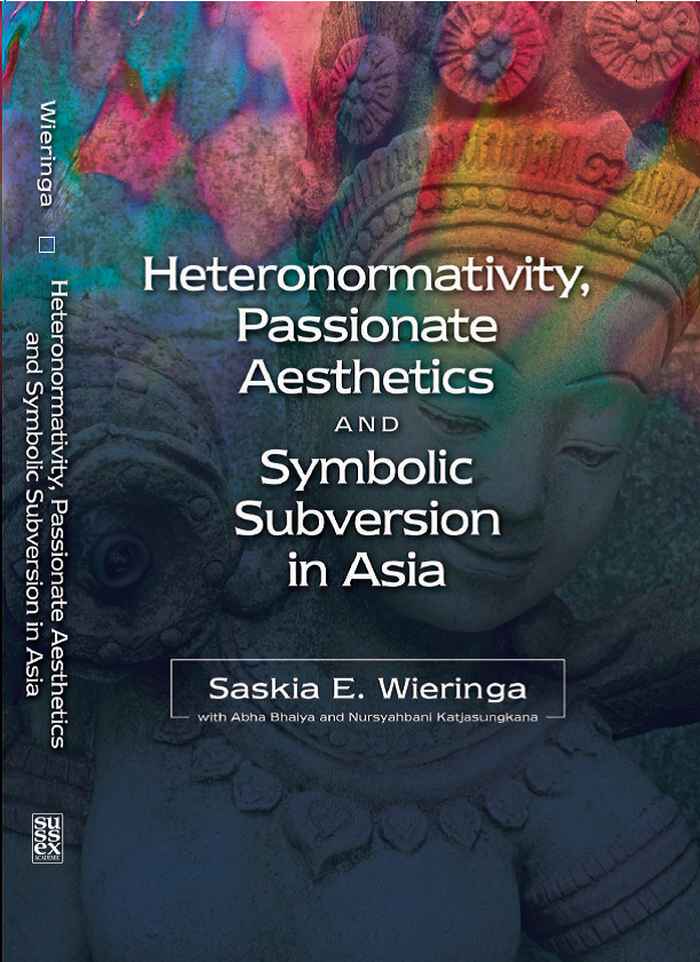Bengkulu gang rape tip of the iceberg of sexual violence in Indonesia
By Saskia Wieringa
The gruesome murder of Yuyun, a 14 year old school girl in Bengkulu, Sumatera reached the headlines of national and international media. It turned out she was gang raped by 14 boys. Judging from the outcry this was an exceptional and unexpected occurrence. But it only went viral after feminist activists started a social media campaign, a month after the body of the girl was found. Sexual violence is rife in Indonesia.
